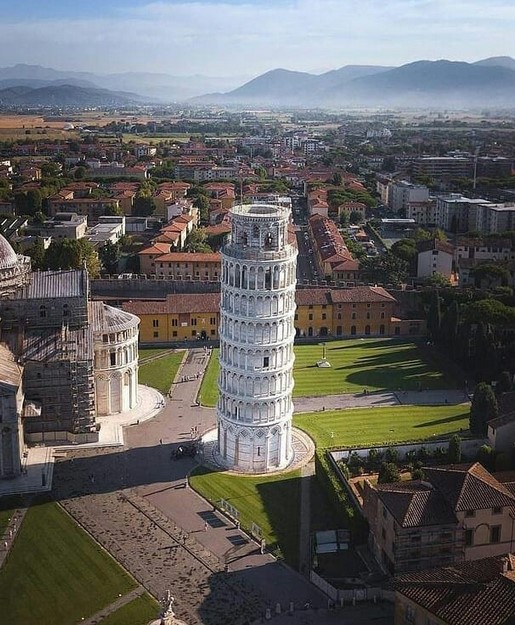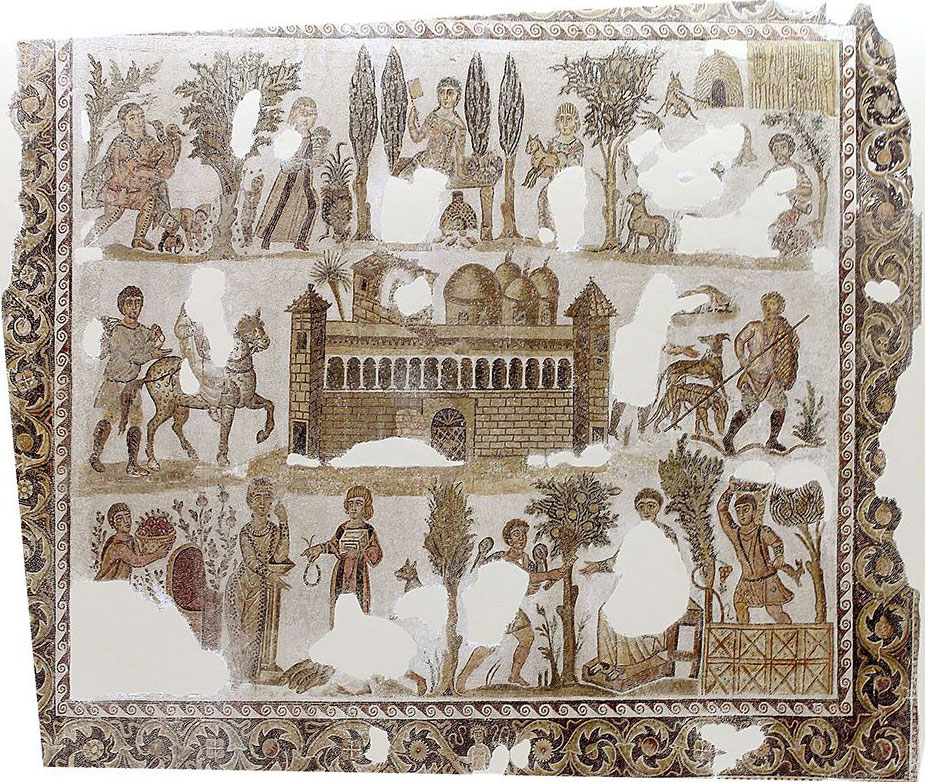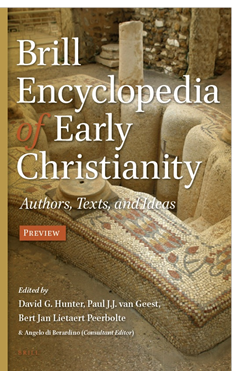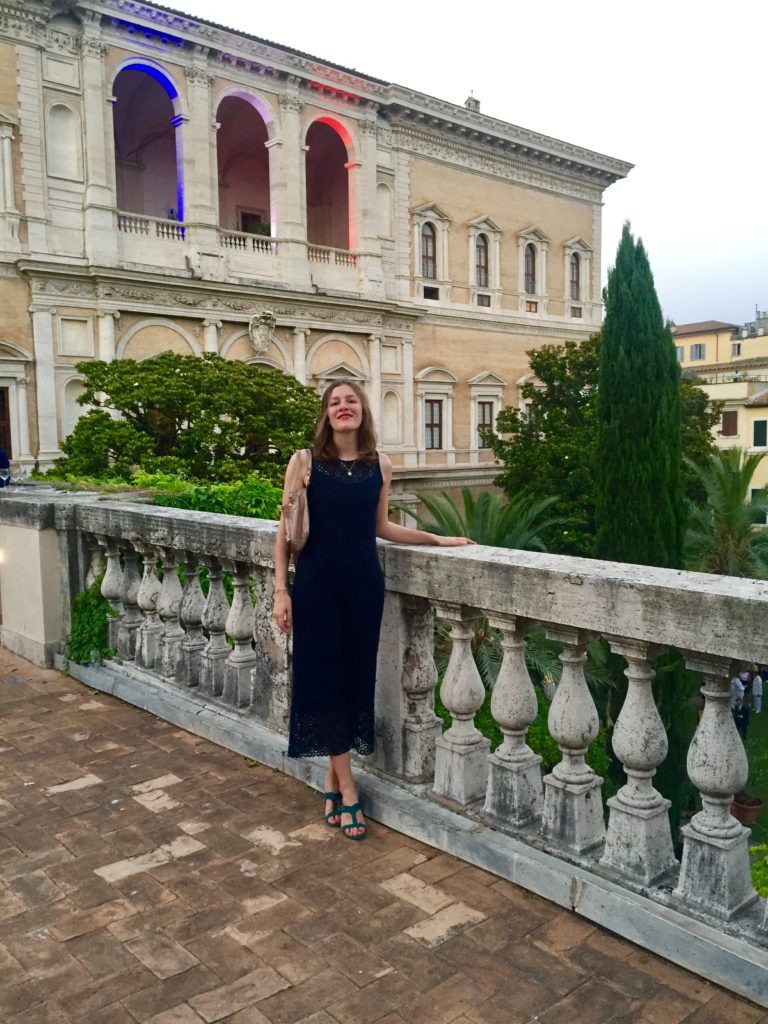Hosted by IAHR, the Italian Society for the History of Religions.
Resilient Religion
Resilience can be considered as the ability to counteract or absorb a process of transformation. It is also characterized by a capacity to endure changes without having to adapt permanently, an ability to find what best suits new environmental conditions; and an awareness of how to cope with a crisis. In this sense, religion – whether in its institutionalized forms or just as a simple belief in any relationship with a super-human agency – represents a powerful tool for reacting to difficult situations and establishing a relationship with the sacred thanks to the interaction between spirituality, mindfulness, empathy and the emotions.
The new Brill Encyclopedia of Early Christianity (BEEC) focuses on the history of early Christianity, covering texts, authors, and ideas. The BEEC aims both to provide a critical review of the methods used in Early Christian Studies and also to update the history of scholarship.
The print publication consisting of six volumes is scheduled for early 2022. The content available already in advance of that date comes with the launch the online version of the BEEC (abbreviated EECO). This year some 300 articles will be published on Brill’s online platform and updates of the online version are envisaged on a regular basis.
Lucie Desbrosses has got her doctorate at the University of Besançon (supervisor Stéphane Ratti). The title of her thesis is: ‘Sidoine Apollinaire et la Gaule chrétienne au Ve siècle’.
Abstract: ‘This dissertation investigates how Sidonius Apollinaris’ poetry and letters shed light on the Christian identity of Gaul in Late Antiquity, and how the author takes part in defining it. It focuses on Christian reactions to traditional culture and the “pagan” background in particular, paying special attention to claims of renunciation and to actual comprises with past patterns. It first of all paints a picture of fifth-century Christianity in Gaul, studying how, and how deeply, the religio nova had penetrated the Gallic provinces, pointing out the remains of heterodox and “pagan” beliefs. It also examines the cultural (dis)continuity in the individual transition from lay status to conversio and clerical status, for which Sidonius, belonging to the lay social élite, and then to the clerical sphere, is a key figure. It pays special attention to writing poetry to enhance Christian identity, but also to express one’s nostalgic attachment to the ancient world, its literature, its culture, and its past pleasures.’
Email address




